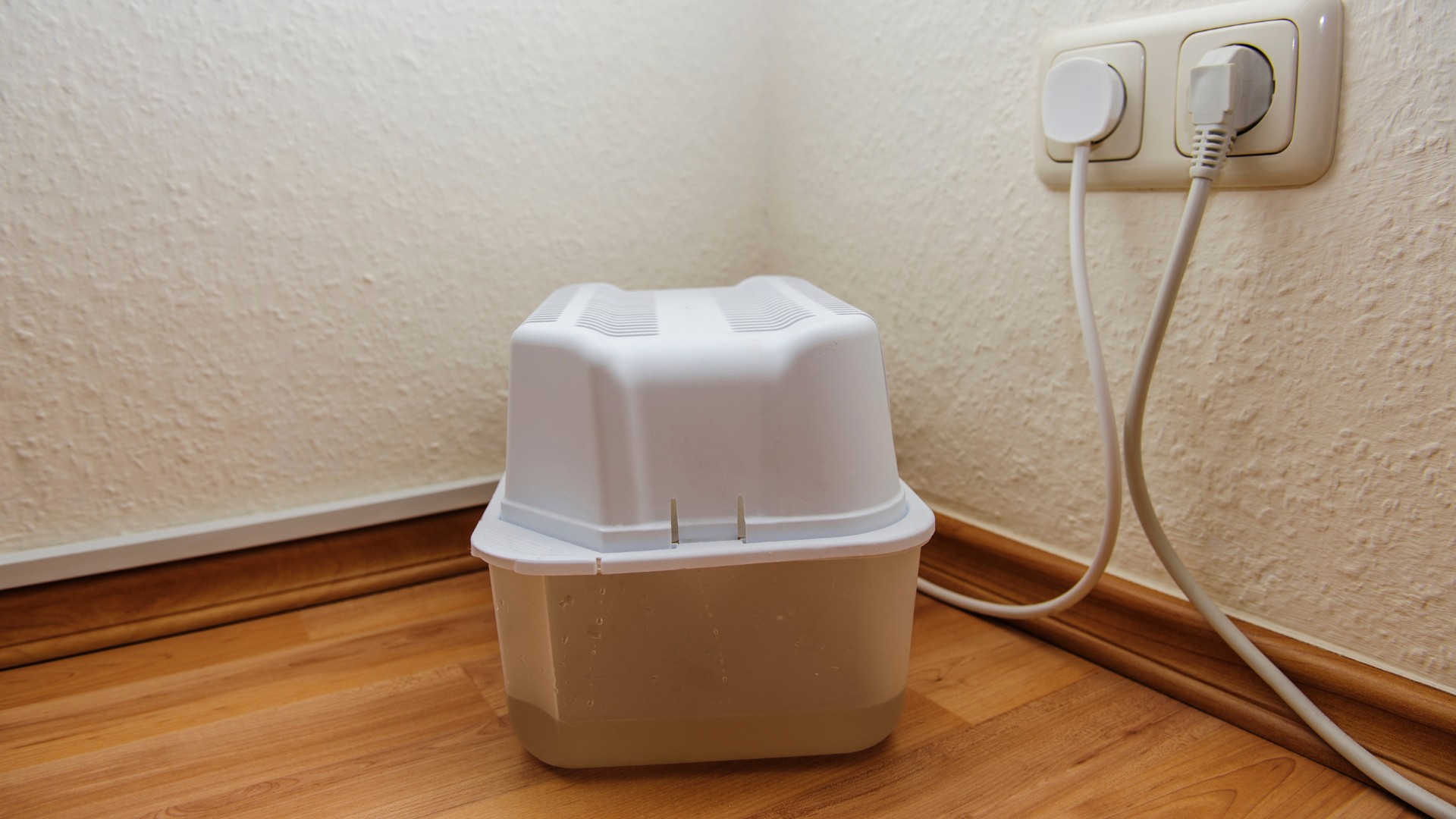

Articles
How Much Power Does A Dehumidifier Use
Modified: April 23, 2024
Read our informative article on how much power a dehumidifier uses. Find out all the details and make an informed decision!
(Many of the links in this article redirect to a specific reviewed product. Your purchase of these products through affiliate links helps to generate commission for Storables.com, at no extra cost. Learn more)
Introduction
A dehumidifier is a household appliance that helps remove excess moisture from the air, reducing humidity levels in a room. It is commonly used in areas with high humidity or dampness, such as basements, bathrooms, and laundry rooms. By controlling humidity, dehumidifiers can prevent mold growth, minimize musty odors, and improve overall air quality.
When considering purchasing a dehumidifier, one common concern is its power consumption. Homeowners want to know how much electricity these appliances use and how it may affect their monthly energy bills. Understanding the factors that influence power consumption, as well as tips for optimizing energy efficiency, can help make informed decisions when selecting and using a dehumidifier.
In this article, we will explore the various aspects of dehumidifier power consumption, including factors that affect it and ways to reduce energy usage. By gaining insight into these areas, you will be able to choose the most efficient dehumidifier for your needs and minimize its impact on your electricity consumption.
Key Takeaways:
- Understanding the factors that influence dehumidifier power consumption, such as capacity, operating conditions, and energy efficiency ratings, can help you choose an energy-efficient model that effectively controls moisture levels while minimizing energy usage.
- Implementing energy-saving practices, such as choosing the right-sized dehumidifier, setting optimal humidity levels, utilizing timers, and maintaining proper ventilation, can significantly reduce power consumption and contribute to a sustainable and comfortable living environment.
Read more: How Much Power Does Dryer Use
Understanding Dehumidifiers
Dehumidifiers work by extracting moisture from the air, effectively reducing humidity levels. They accomplish this through a process called condensation. The dehumidifier pulls in moist air from the surrounding environment and passes it over a cold coil. As the air cools, the moisture in the air condenses into water droplets, which are collected and stored in a reservoir or drained externally.
Dehumidifiers typically have a control panel that allows users to adjust settings such as humidity level, fan speed, and timer. Some models also include additional features like auto-shutoff when the desired humidity level is reached, air filters to remove impurities, and even built-in humidistats for monitoring humidity levels.
There are two main types of dehumidifiers: refrigerative dehumidifiers and desiccant dehumidifiers. Refrigerative dehumidifiers are the most common and operate by refrigeration principles. They use a compressor and refrigerant to cool the air and extract moisture. Desiccant dehumidifiers, on the other hand, use a desiccant material to absorb moisture from the air. These types of dehumidifiers are often more suitable for low-temperature environments.
Understanding the basic functioning of dehumidifiers is essential in comprehending their power consumption. The power usage of a dehumidifier depends on several factors, including its capacity, operating conditions, and energy efficiency rating.
Next, we will delve deeper into these factors to better grasp how they impact the power consumption of dehumidifiers.
Power Consumption Factors
The power consumption of a dehumidifier can vary based on several factors. Understanding these factors can help you estimate the energy usage and choose a dehumidifier that best fits your needs.
1. Capacity: The size and capacity of the dehumidifier play a significant role in determining its power consumption. Larger capacity dehumidifiers are generally more powerful and require more electricity to operate compared to smaller ones. Consider the square footage and humidity levels of the area you want to dehumidify when selecting a dehumidifier with an appropriate capacity.
2. Operating Conditions: The ambient temperature and relative humidity of the environment in which the dehumidifier operates can also affect its power consumption. Dehumidifiers tend to work more efficiently at higher temperatures and higher relative humidity levels. However, if the operating conditions are exceptionally cold or extremely damp, the dehumidifier may have to work harder and consume more energy.
3. Energy Efficiency Rating: Energy-efficient dehumidifiers are designed to consume less power while still providing effective moisture removal. When purchasing a dehumidifier, look for models with an Energy Star certification. These dehumidifiers have met energy efficiency standards set by the Environmental Protection Agency and can help reduce your energy consumption.
4. Usage Patterns: The frequency and duration of dehumidifier usage also affect its power consumption. If you run the dehumidifier consistently or for long periods, it will consume more energy. Consider using timers or smart settings to optimize usage and prevent unnecessary energy consumption.
5. Additional Features: Some dehumidifiers come with additional features like built-in heaters or air purification systems. While these features can enhance the functionality of the dehumidifier, they may also increase its power consumption. Consider whether these extra features are necessary for your specific needs and prioritize energy efficiency when making a choice.
By considering these factors, you can make an informed decision when selecting a dehumidifier that balances your requirements for moisture removal with energy efficiency.
Types of Dehumidifiers
Dehumidifiers come in different types, each with its own set of advantages and suitable applications. Understanding the different types can help you choose the right dehumidifier for your specific needs.
1. Refrigerative Dehumidifiers: Refrigerative dehumidifiers are the most common type found in households. They use a refrigeration cycle to cool the air and remove moisture. These dehumidifiers work by pulling in humid air, passing it over a cold coil to condense the moisture, and then reheating the air before releasing it back into the room. Refrigerative dehumidifiers are highly effective and can handle a wide range of humidity levels and room temperatures.
2. Desiccant Dehumidifiers: Desiccant dehumidifiers use a desiccant material, such as silica gel or zeolite, to absorb moisture from the air. Unlike refrigerative dehumidifiers, desiccant dehumidifiers do not rely on cooling coils. Instead, they use a rotating wheel or rotor that absorbs moisture from the air and then releases it outside or into a separate chamber where it can be collected. Desiccant dehumidifiers are particularly effective in low-temperature environments or areas with extremely high humidity levels.
3. Whole House Dehumidifiers: As the name suggests, whole house dehumidifiers are designed to dehumidify the entire home. They are typically installed as part of the HVAC (heating, ventilation, and air conditioning) system and are connected to the home’s ductwork. Whole house dehumidifiers offer a convenient and centralized solution, ensuring consistent humidity levels throughout the entire home.
4. Mini Dehumidifiers: Mini dehumidifiers are compact and portable units that are ideal for small spaces or specific areas. They are often used in closets, bathrooms, RVs, or boats. Mini dehumidifiers have a smaller capacity and are more suitable for tackling localized moisture issues.
5. Basement Dehumidifiers: Basement dehumidifiers are designed specifically for basement environments, where high humidity and dampness are common. These dehumidifiers are usually more powerful and have a higher capacity to handle the larger space and higher moisture levels typically found in basements.
It’s important to consider your specific needs and the environment in which the dehumidifier will be used when choosing the type of dehumidifier. Evaluating factors such as room size, humidity levels, and temperature can help determine the best type of dehumidifier to effectively remove excess moisture and maintain a comfortable living space.
Energy Efficiency Ratings
Energy efficiency ratings provide valuable information about the energy consumption of dehumidifiers. They help consumers make informed decisions and choose models that are both effective in moisture removal and environmentally friendly in terms of energy usage.
One widely recognized energy efficiency rating system for dehumidifiers is the Energy Star certification. Energy Star is a program developed by the U.S. Environmental Protection Agency (EPA) and the U.S. Department of Energy (DOE) to promote energy-efficient products and practices.
Dehumidifiers with the Energy Star certification have undergone testing and meet specific criteria to ensure they consume less energy while still providing efficient moisture removal. These criteria include energy efficiency ratios (EER) and moisture removal capacity per unit of energy consumed.
Energy Star-certified dehumidifiers are designed to consume 15% less energy than non-certified models. They are also required to meet certain performance standards, such as effectively extracting moisture from the air at specified humidity levels.
When looking for an energy-efficient dehumidifier, check for the Energy Star label. This certification indicates that the dehumidifier has met or exceeded the energy efficiency standards set by the EPA and DOE. By choosing an Energy Star-certified dehumidifier, you can minimize your energy consumption, reduce your carbon footprint, and potentially save on your electricity bills.
It’s worth noting that energy efficiency is not the sole consideration when choosing a dehumidifier. Factors such as capacity, operating conditions, and specific requirements should also be taken into account. Balancing energy efficiency with effective moisture removal will ensure you have a dehumidifier that meets your needs while minimizing energy consumption.
In addition to the Energy Star rating, some manufacturers may provide their own energy efficiency ratings or labels that can help you compare different models. These ratings often provide valuable information about the estimated annual energy consumption, allowing you to make a more informed decision when selecting a dehumidifier.
By considering energy efficiency ratings, you can choose a dehumidifier that not only effectively removes excess moisture but also helps save energy and contribute to a more sustainable living environment.
Consider purchasing an energy-efficient dehumidifier with an Energy Star rating to minimize power usage. Additionally, placing the dehumidifier in a well-ventilated area can help it operate more efficiently.
Read more: How Much Power Does A Kegerator Use
Average Power Consumption
The power consumption of dehumidifiers can vary depending on several factors, including their capacity, operating conditions, and energy efficiency rating. On average, dehumidifiers consume around 300 to 700 watts of power.
Smaller capacity dehumidifiers typically range from 300 to 500 watts, while larger capacity models can consume up to 700 watts or more. It’s important to note that these numbers are average estimates, and actual power consumption may vary depending on specific models and usage patterns.
Operating conditions also play a significant role in power consumption. Dehumidifiers tend to consume more energy in environments with high humidity and low temperatures. In such conditions, the dehumidifier has to work harder to extract moisture from the air, which can result in increased energy usage.
Energy-efficient dehumidifiers, as indicated by the Energy Star certification, are designed to minimize power consumption while still being effective in moisture removal. These models often include advanced features like auto-shutoff when the desired humidity level is reached, timers for optimized usage, and efficient refrigeration or desiccant systems.
Usage patterns and settings can also impact power consumption. If the dehumidifier is run continuously or for extended periods, it will consume more energy compared to intermittent usage. Adjusting the humidity settings or utilizing timers can help optimize energy usage without compromising moisture removal.
It’s important to consider the power consumption of a dehumidifier alongside other factors such as moisture removal capacity, noise levels, and maintenance requirements. Finding a balance between efficient power usage and effective moisture control will ensure a comfortable and energy-efficient living environment.
Remember that power consumption is only one aspect to consider when selecting a dehumidifier. It’s also crucial to evaluate factors such as capacity, operating conditions, energy efficiency ratings, and specific requirements for your intended use. By taking these factors into account, you can choose a dehumidifier that strikes the right balance between power consumption and moisture control.
Factors Affecting Power Usage
The power usage of a dehumidifier can be influenced by several factors. Understanding these factors can help you optimize the energy usage of your dehumidifier and reduce its impact on your electricity consumption.
1. Room Size: The size of the room or area being dehumidified can impact power usage. Larger rooms or areas with higher humidity levels may require a more powerful dehumidifier, which can result in increased energy consumption. Consider the square footage of the space and choose a dehumidifier with an appropriate capacity to ensure efficient dehumidification without unnecessary power usage.
2. Humidity Level: The initial humidity level of the room affects the time and energy required to reach and maintain the desired humidity level. If the humidity is exceptionally high, the dehumidifier may need to work harder and consume more power to reduce the humidity to the desired level. Regular monitoring and adjustment of the humidity settings can help optimize power usage based on the specific conditions.
3. Temperature: The temperature of the room can also impact power usage. Dehumidifiers tend to work more efficiently at higher temperatures because the air holds more moisture, making the dehumidification process easier. In colder environments, the dehumidifier may need to work harder to extract moisture, resulting in increased power consumption. Consider the temperature conditions of the space and choose a dehumidifier suitable for the specific temperature range.
4. Ventilation: Proper ventilation in the room can help reduce power usage. Improved air circulation allows the dehumidifier to work more efficiently by evenly distributing the dehumidified air. Ensuring that the room is adequately ventilated can maximize the effectiveness of the dehumidifier and potentially shorten the operating time, reducing overall power consumption.
5. Dehumidifier Maintenance: Proper maintenance of the dehumidifier can also affect power usage. Regular cleaning of filters and coils ensures optimal performance and efficiency. Clogged filters or dirty coils can force the dehumidifier to work harder, consuming more power. Follow the manufacturer’s guidelines for cleaning and maintenance to keep your dehumidifier running efficiently and minimize its energy usage.
By being mindful of these factors, you can optimize the power usage of your dehumidifier. Choosing the right capacity, monitoring humidity levels and temperature, ensuring proper ventilation, and maintaining the dehumidifier properly will help reduce energy consumption while still effectively controlling the moisture levels in your space.
Tips to Reduce Power Consumption
If you want to minimize the power consumption of your dehumidifier and make it more energy-efficient, consider implementing the following tips:
1. Choose the Right Size: Select a dehumidifier with the appropriate capacity for your space. Oversized dehumidifiers may consume more energy than necessary, while undersized ones might struggle to effectively dehumidify the area. Understanding the square footage and humidity level of the room will help you choose the right-sized dehumidifier, optimizing energy usage.
2. Set the Desired Humidity Level: Set the dehumidifier to the ideal humidity level for your comfort and health, usually between 40% and 50%. Avoid setting it at extremely low humidity levels as it will consume more power to achieve them. Additionally, using a hygrometer or built-in humidistat can help monitor and maintain the desired humidity without overrunning the dehumidifier unnecessarily.
3. Utilize Timers: Take advantage of timers if your dehumidifier has this feature. Set it to run during specific hours of the day when humidity is typically higher, such as during the evening or early morning. This way, you can effectively control moisture levels without running the dehumidifier continuously, saving energy during periods when dehumidification is not needed.
4. Optimize Ventilation: Ensure proper airflow and ventilation in the room where the dehumidifier is being used. Good airflow allows the dehumidifier to work more efficiently, minimizing power consumption. Keep doors and windows closed to prevent moisture from entering the area and consider using fans or opening vents to improve air circulation.
5. Maintain and Clean Regularly: Regularly clean and maintain your dehumidifier according to the manufacturer’s instructions. Clean or replace air filters as needed to ensure proper airflow. Keep the coils free from dust and debris and ensure the drainage system is clear. A well-maintained dehumidifier operates more efficiently, reducing power usage.
6. Consider Energy-Efficient Models: If you are in the market for a new dehumidifier, look for models with an Energy Star certification. Energy Star dehumidifiers are designed to meet specific energy efficiency standards, consuming less power while still providing effective moisture removal. These models can help you save on energy costs in the long run.
7. Use Natural Dehumidification Methods: Where possible, try alternative methods to reduce humidity naturally. For example, using exhaust fans or opening windows in the bathroom while showering can help remove excess moisture. Additionally, using moisture-absorbing materials like silica gel or placing bowls of salt around the room can help absorb moisture, reducing the workload on the dehumidifier.
By implementing these tips, you can reduce the power consumption of your dehumidifier and make it more energy-efficient. Conserving energy not only saves money but also contributes to a more sustainable and environmentally friendly lifestyle.
Conclusion
Dehumidifiers play a crucial role in maintaining optimal humidity levels and improving indoor air quality. While power consumption is a common concern, understanding the factors that influence energy usage and implementing energy-saving practices can help minimize its impact.
Consider factors such as room size, humidity levels, and operating conditions when selecting a dehumidifier. Choose the right-sized model with an appropriate capacity, and opt for energy-efficient models with an Energy Star certification. Utilize timers and set the desired humidity level to optimize energy usage.
Maintaining proper ventilation, cleaning the dehumidifier regularly, and utilizing natural dehumidification methods can further reduce power consumption. These practices not only save energy but also contribute to a more sustainable lifestyle while ensuring effective control of moisture levels in your space.
Remember, power consumption is just one aspect to consider when selecting and using a dehumidifier. It’s essential to find a balance between energy efficiency, moisture removal capacity, and other factors such as noise levels and maintenance requirements.
By making informed decisions and incorporating energy-saving practices, you can minimize the power consumption of your dehumidifier and enjoy a comfortable, healthy, and energy-efficient living environment.
So, go ahead and choose the right dehumidifier, optimize its energy usage, and create a space that not only feels comfortable but also helps you save on energy costs and reduce your environmental footprint.
Frequently Asked Questions about How Much Power Does A Dehumidifier Use
Was this page helpful?
At Storables.com, we guarantee accurate and reliable information. Our content, validated by Expert Board Contributors, is crafted following stringent Editorial Policies. We're committed to providing you with well-researched, expert-backed insights for all your informational needs.
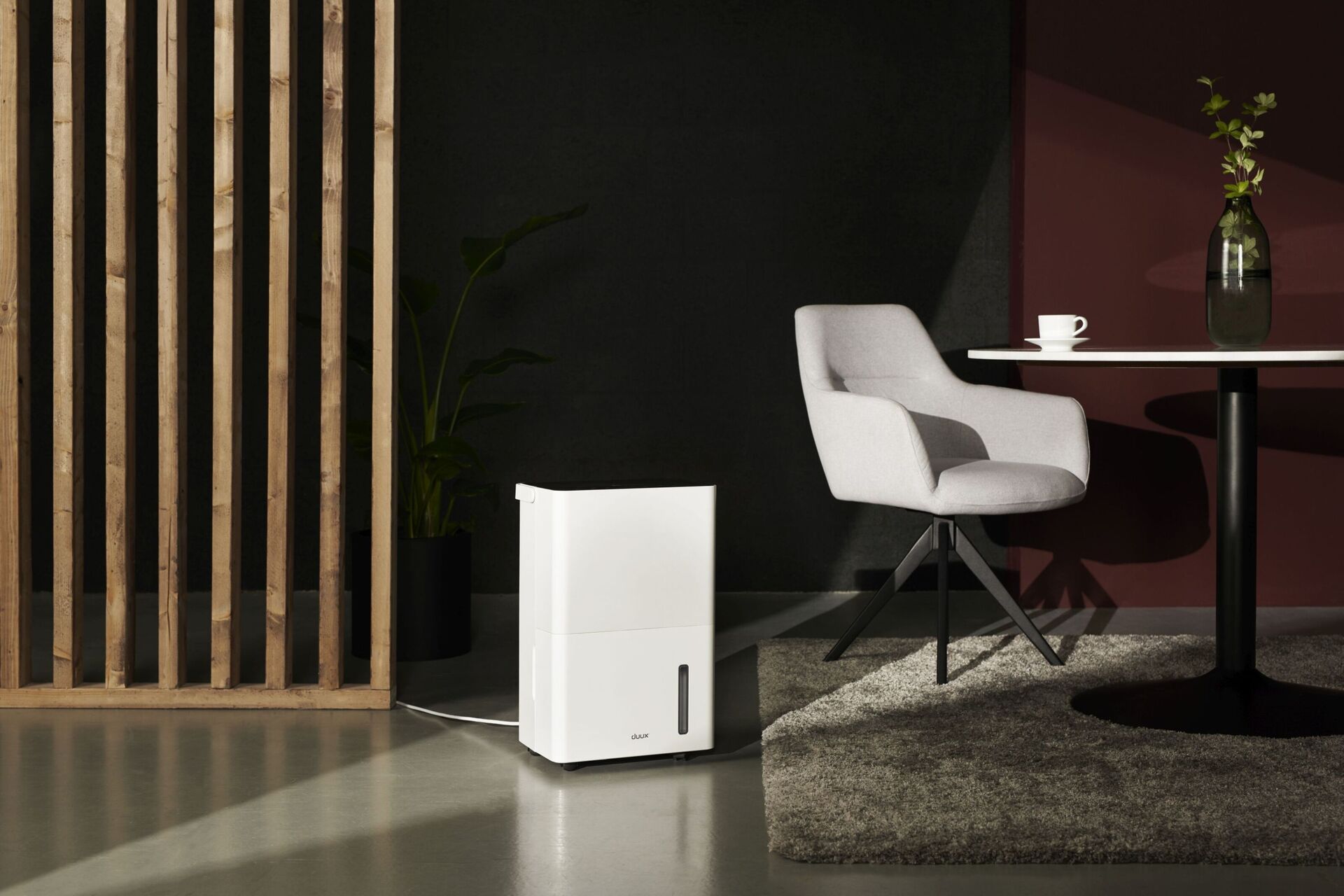
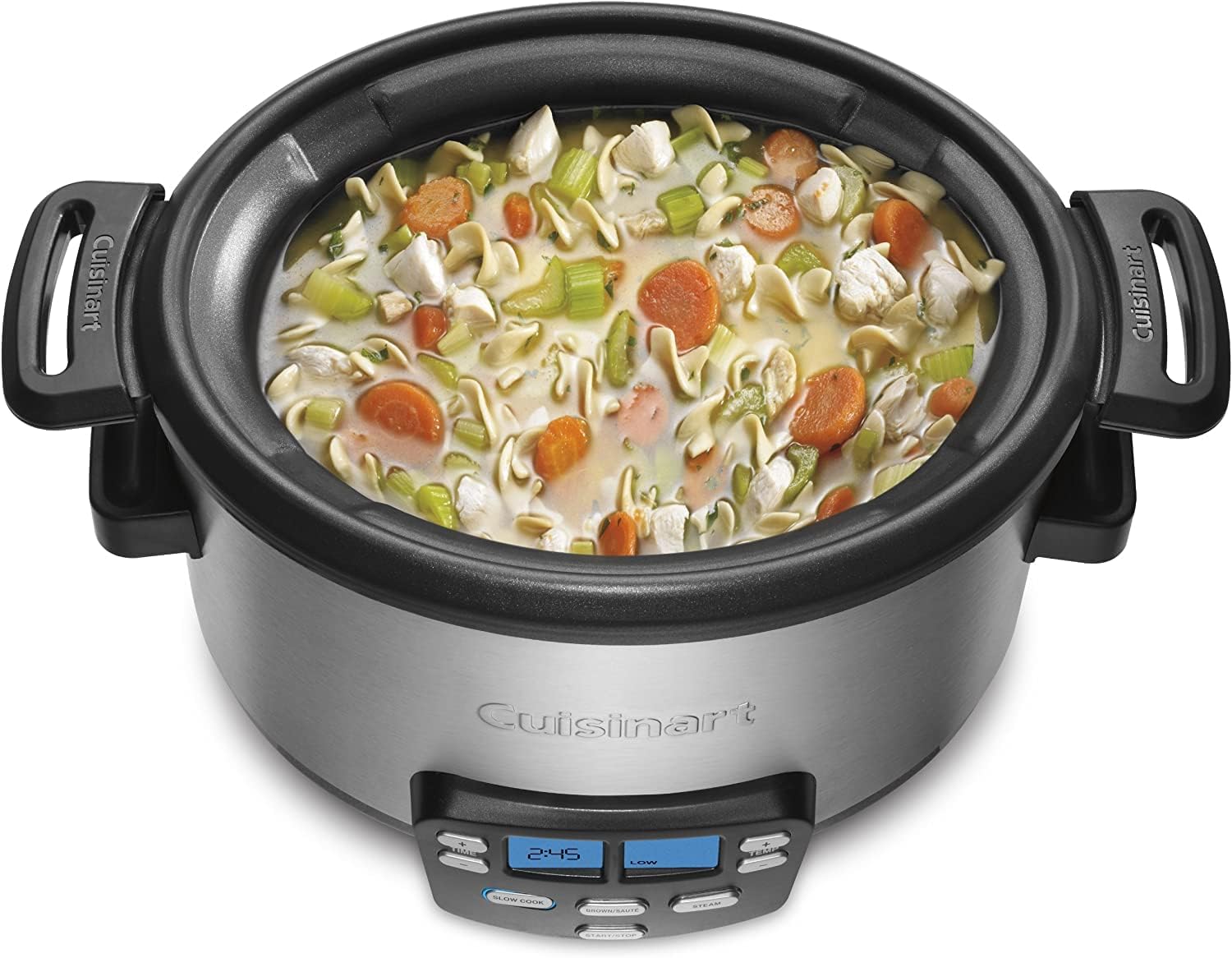
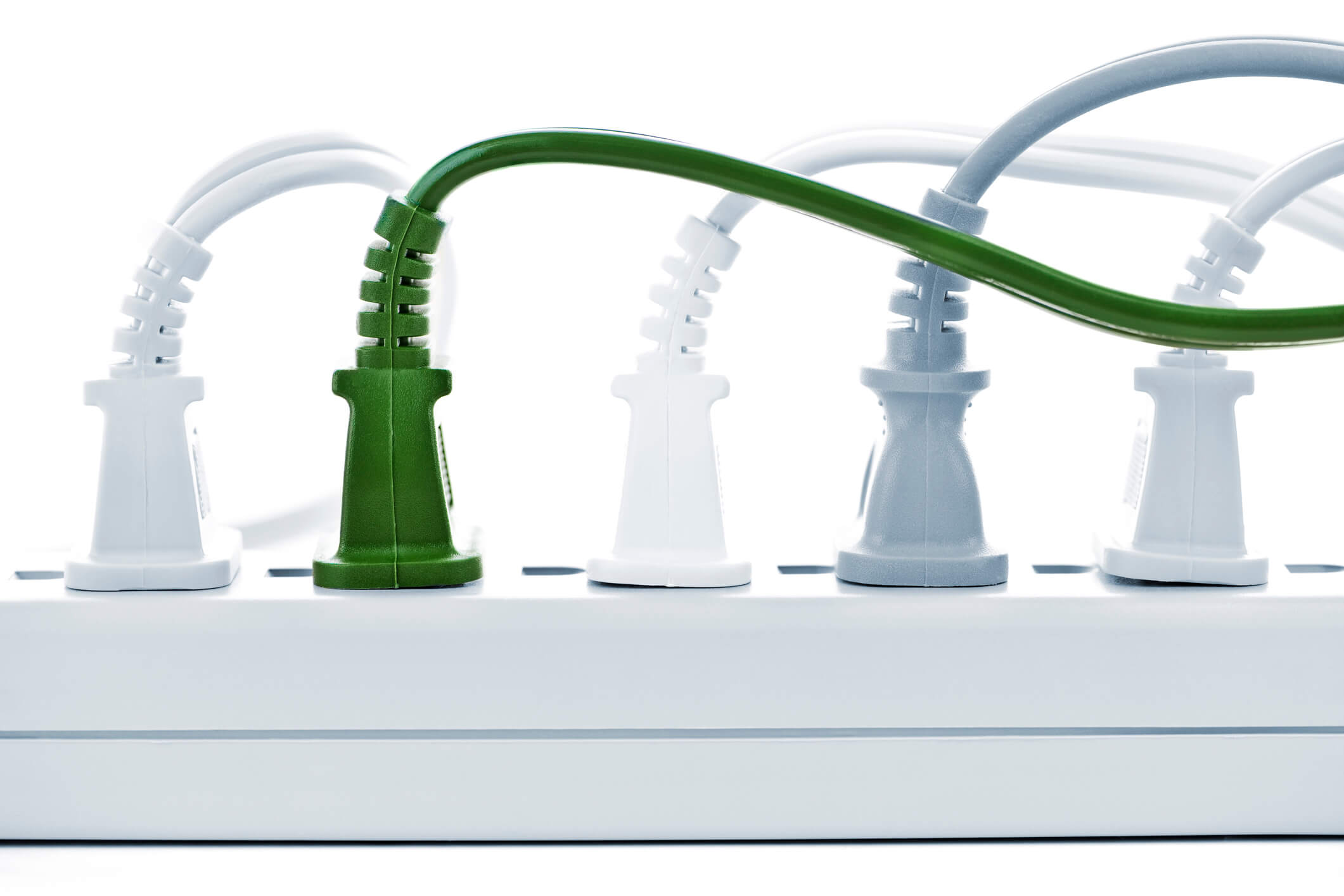
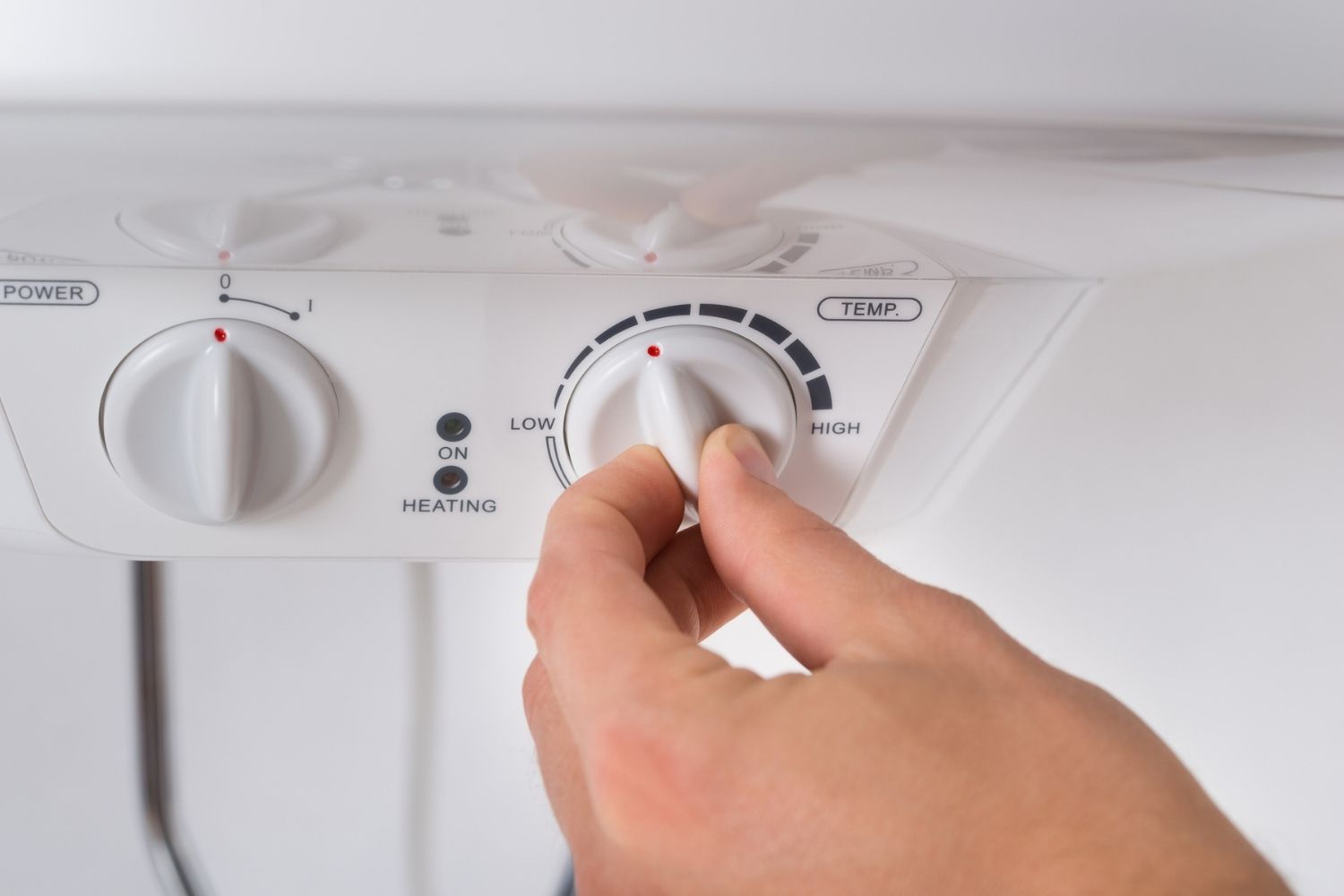
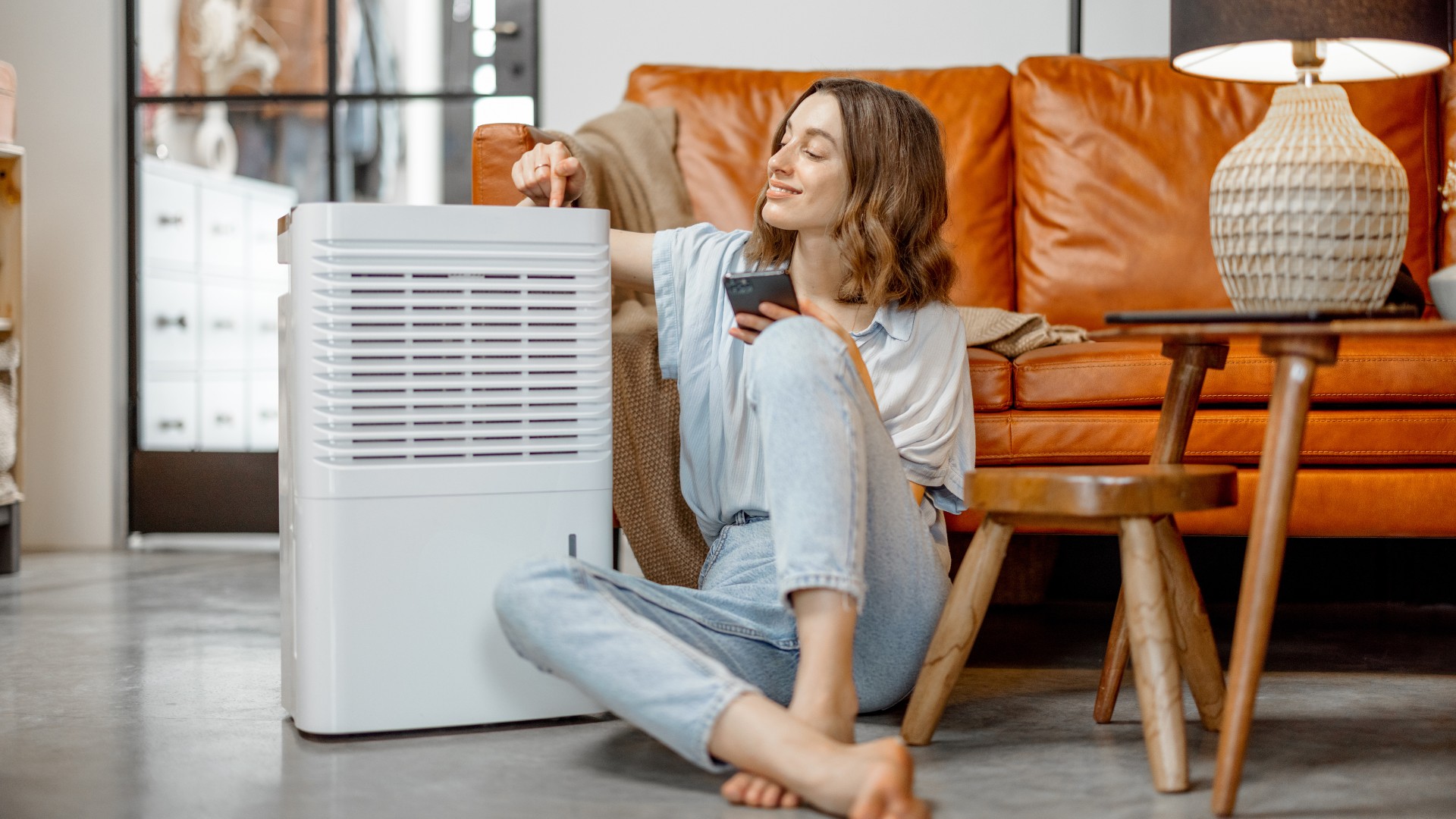
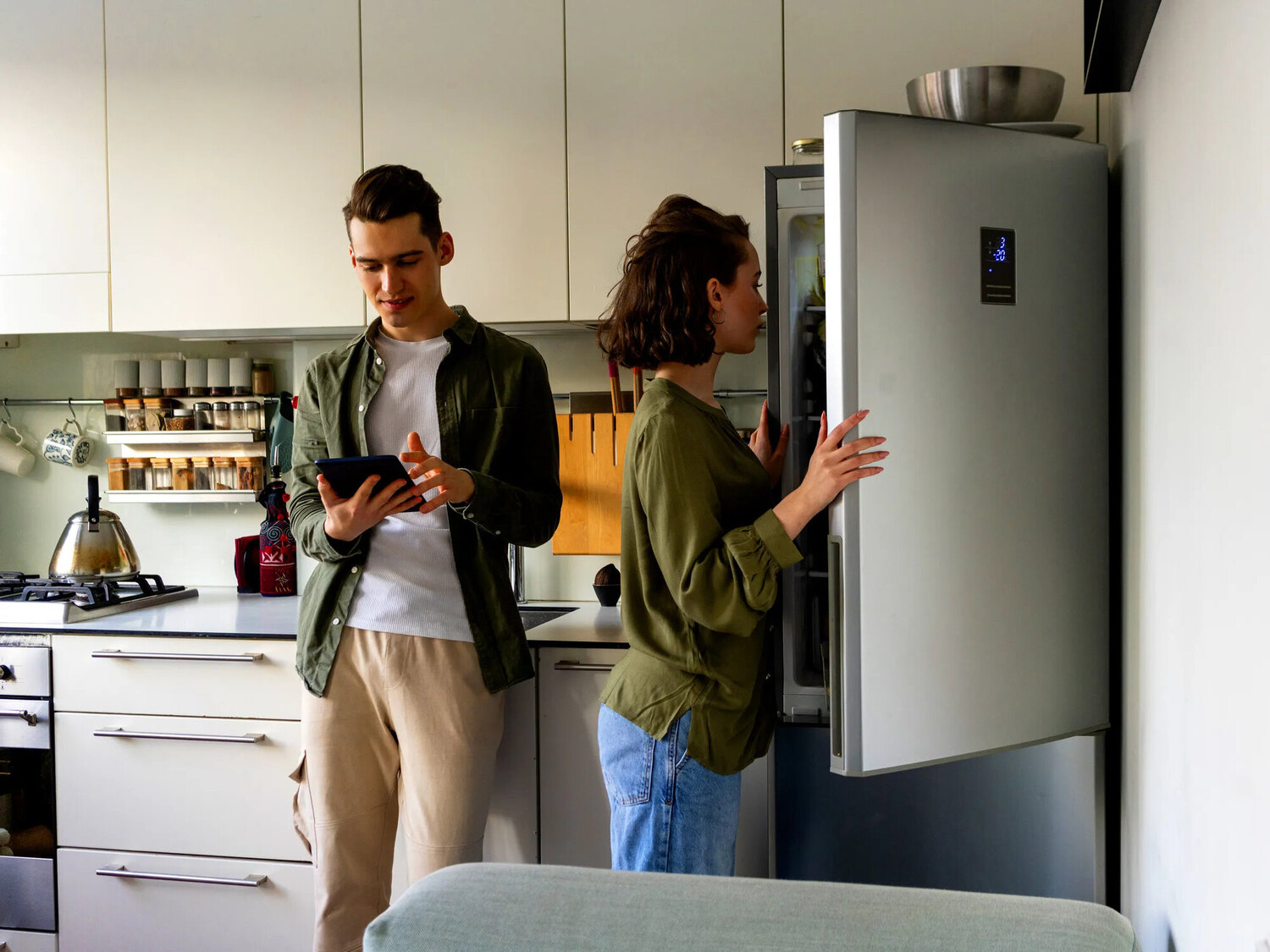
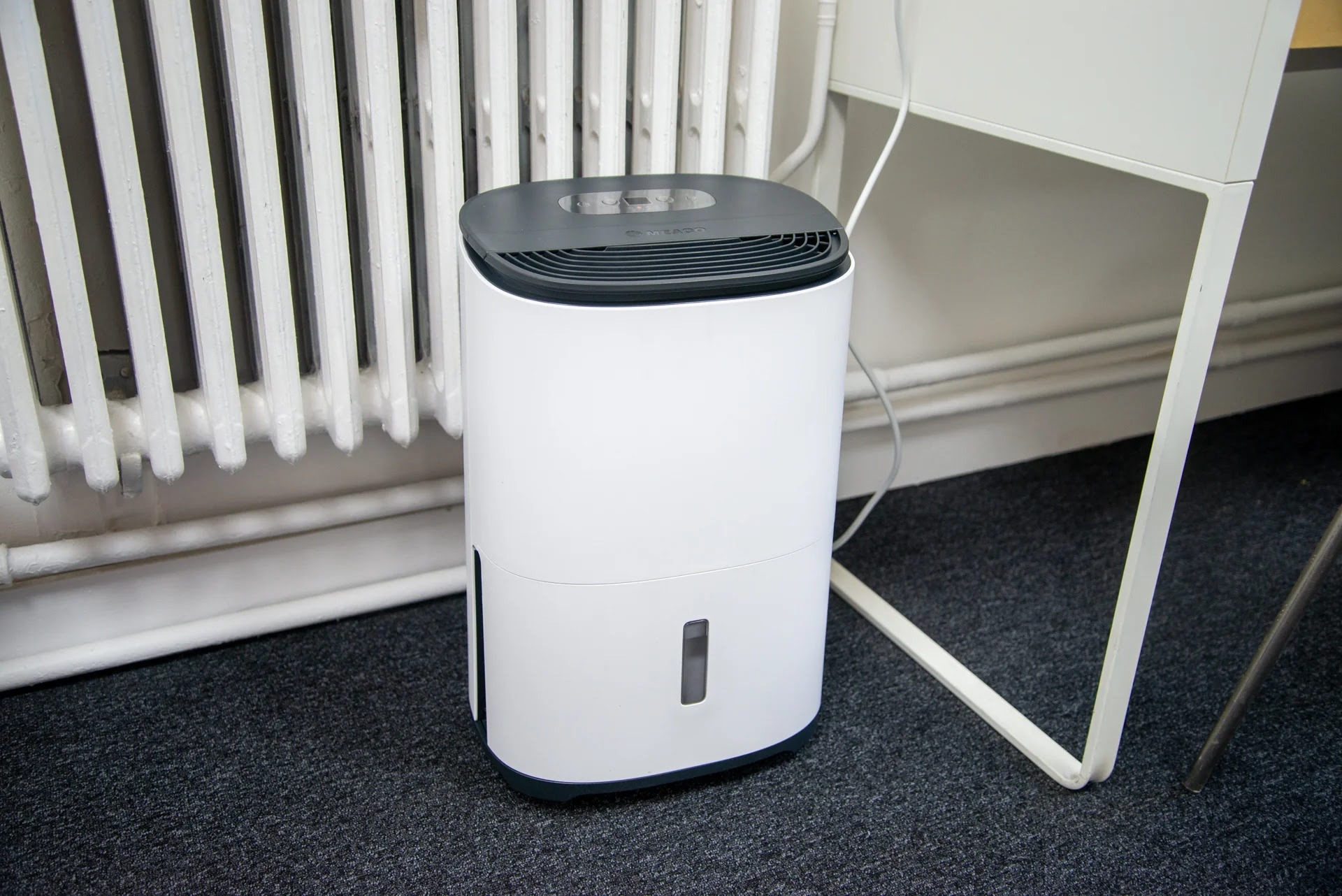
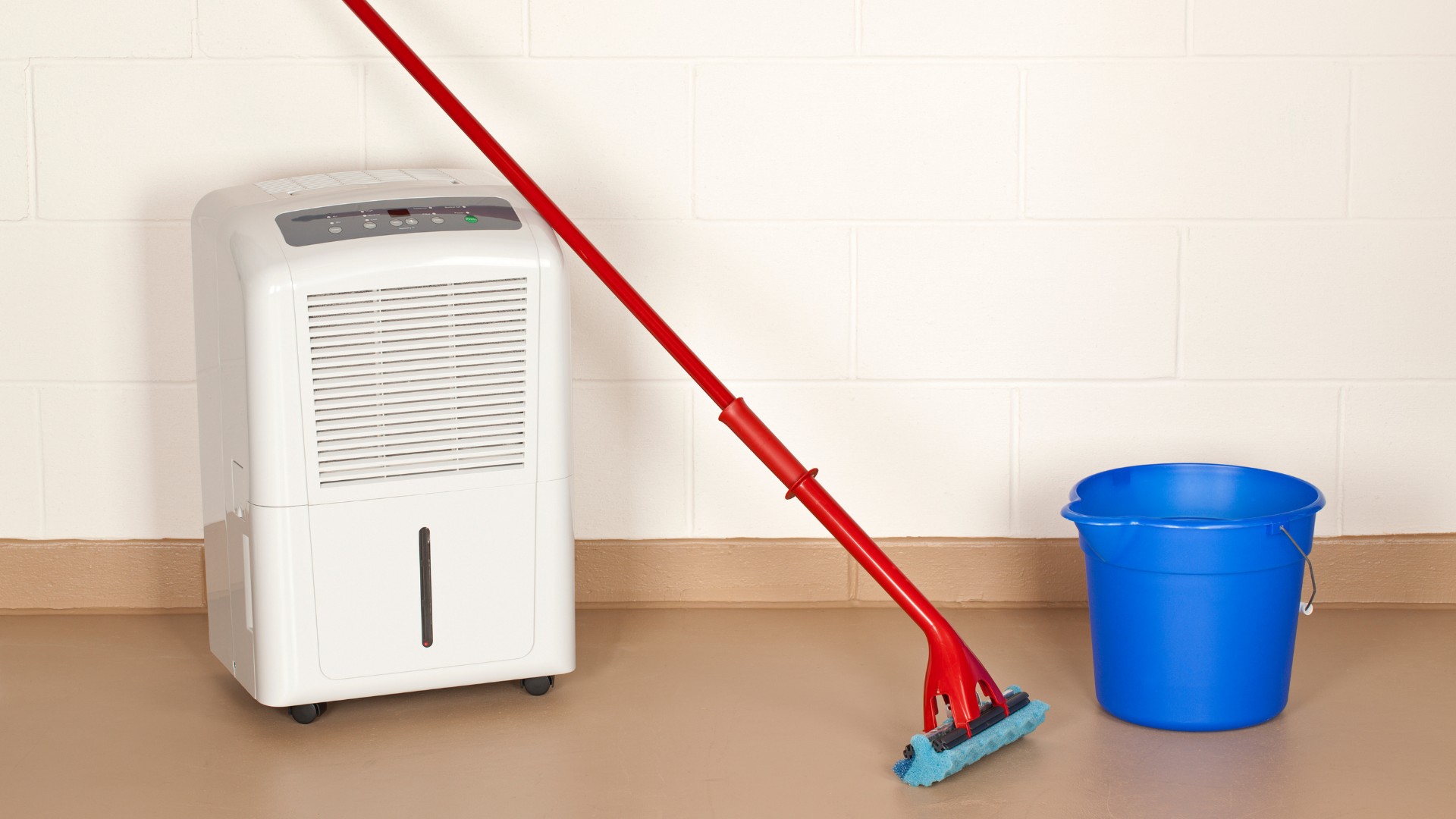
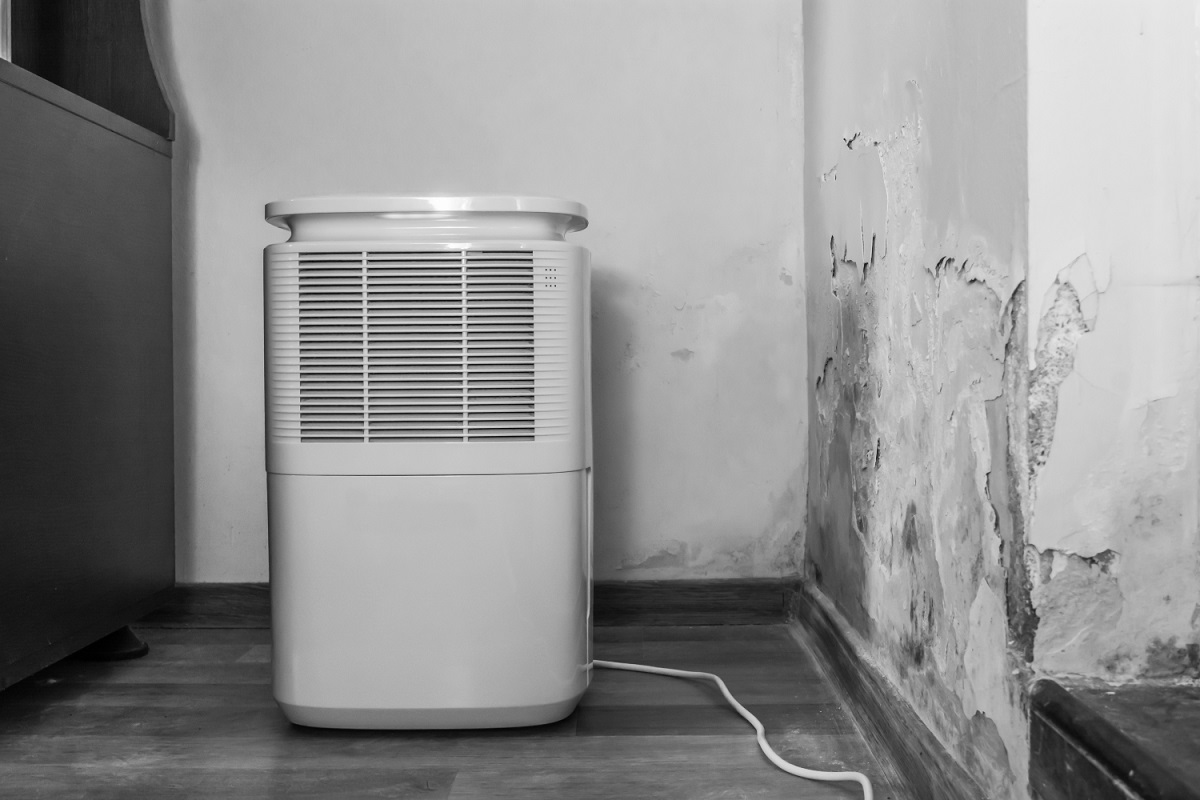
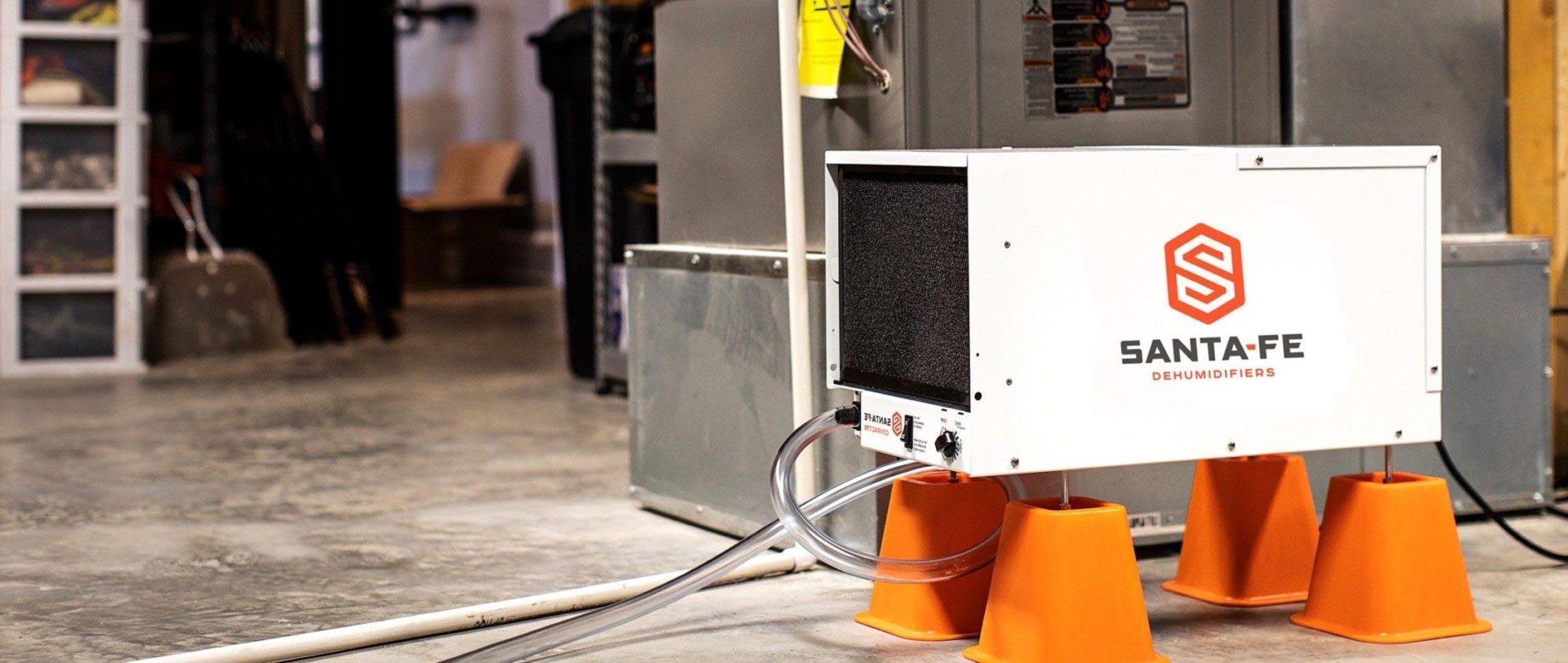
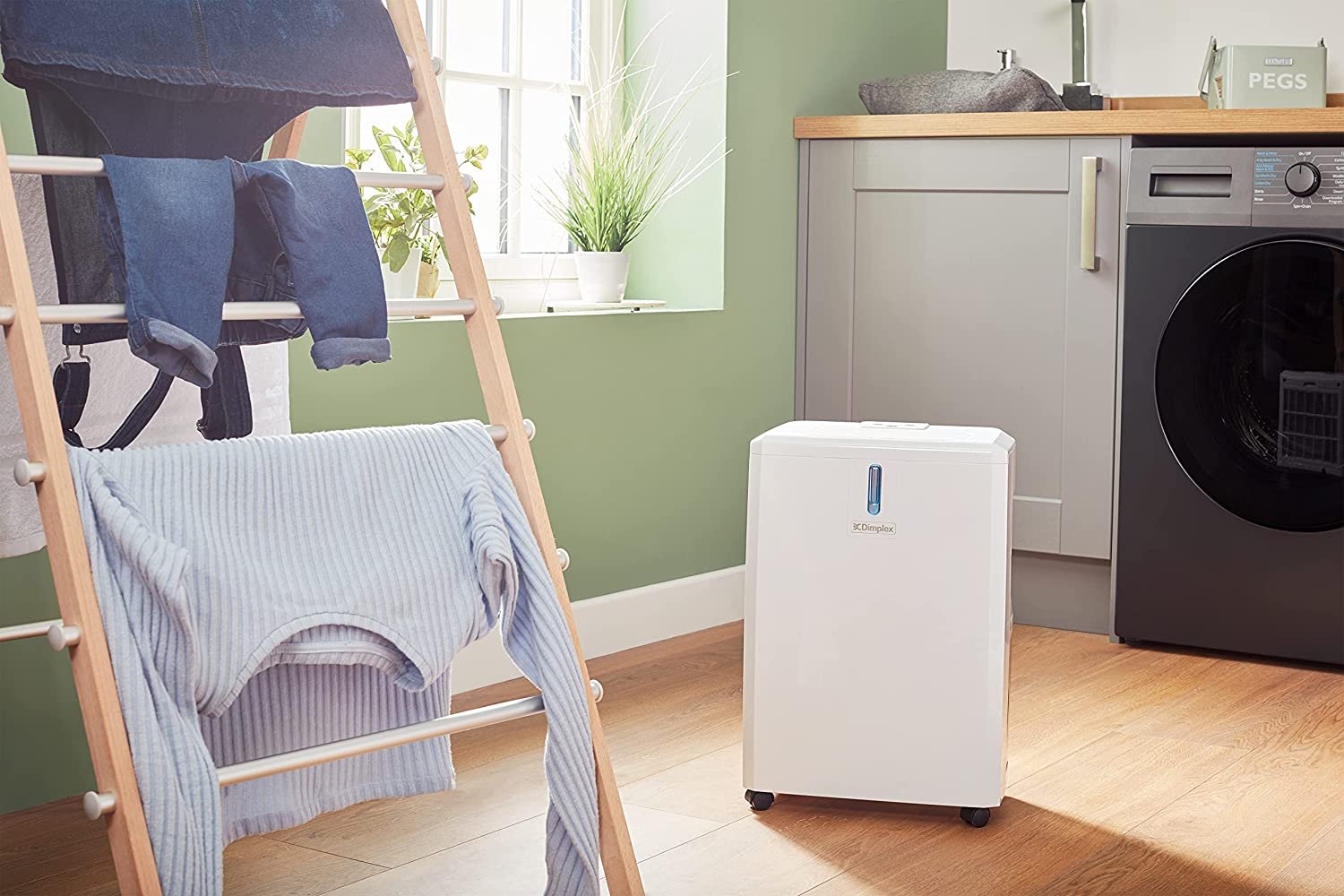
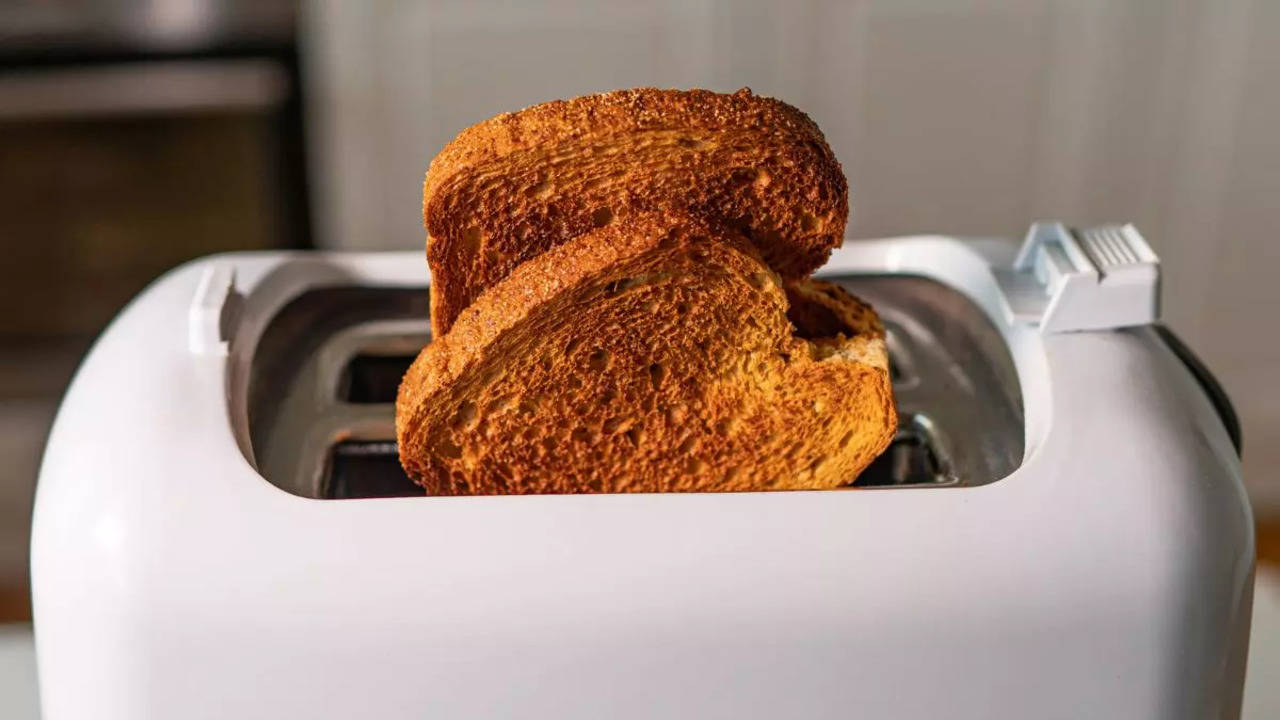
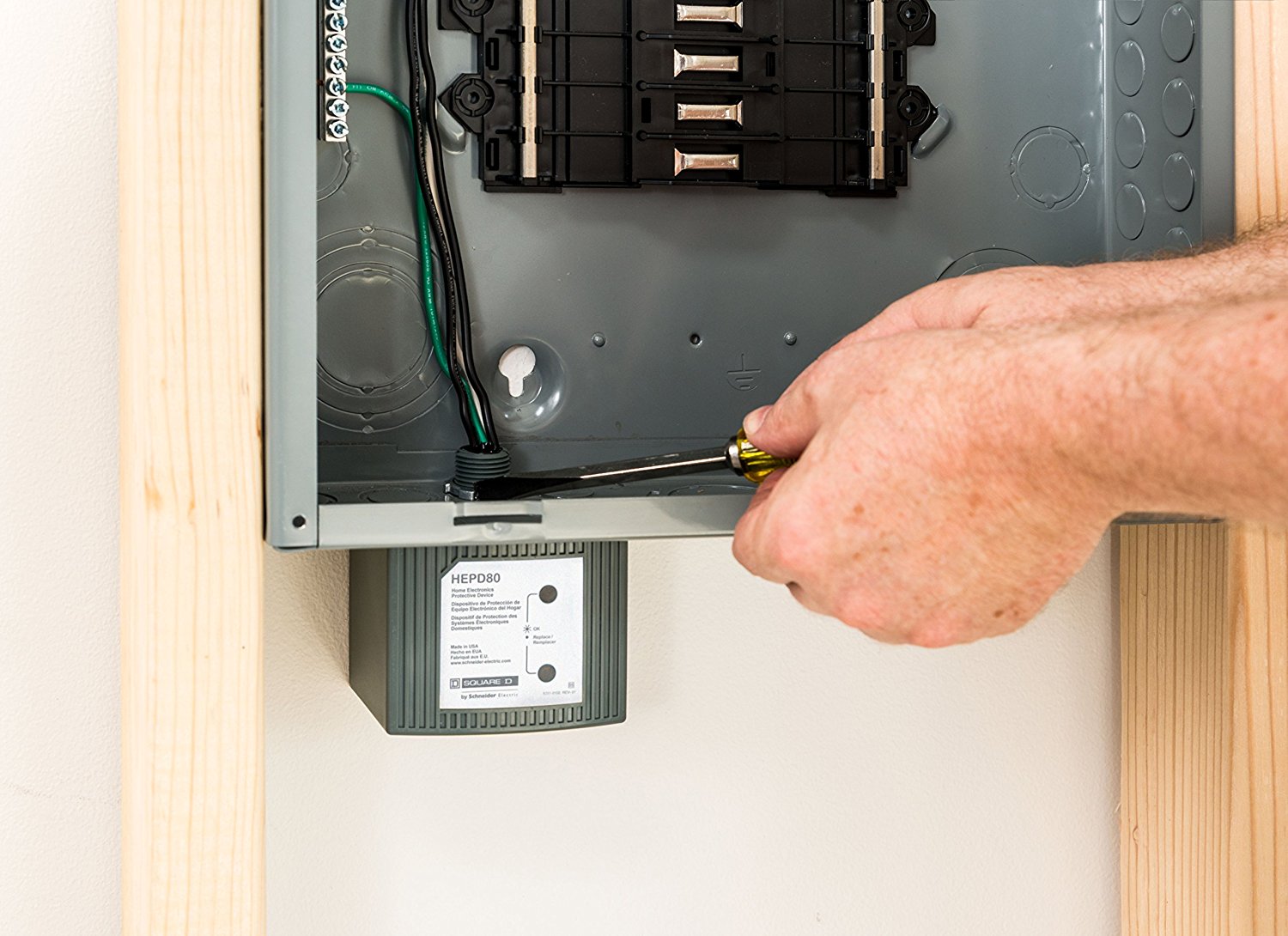
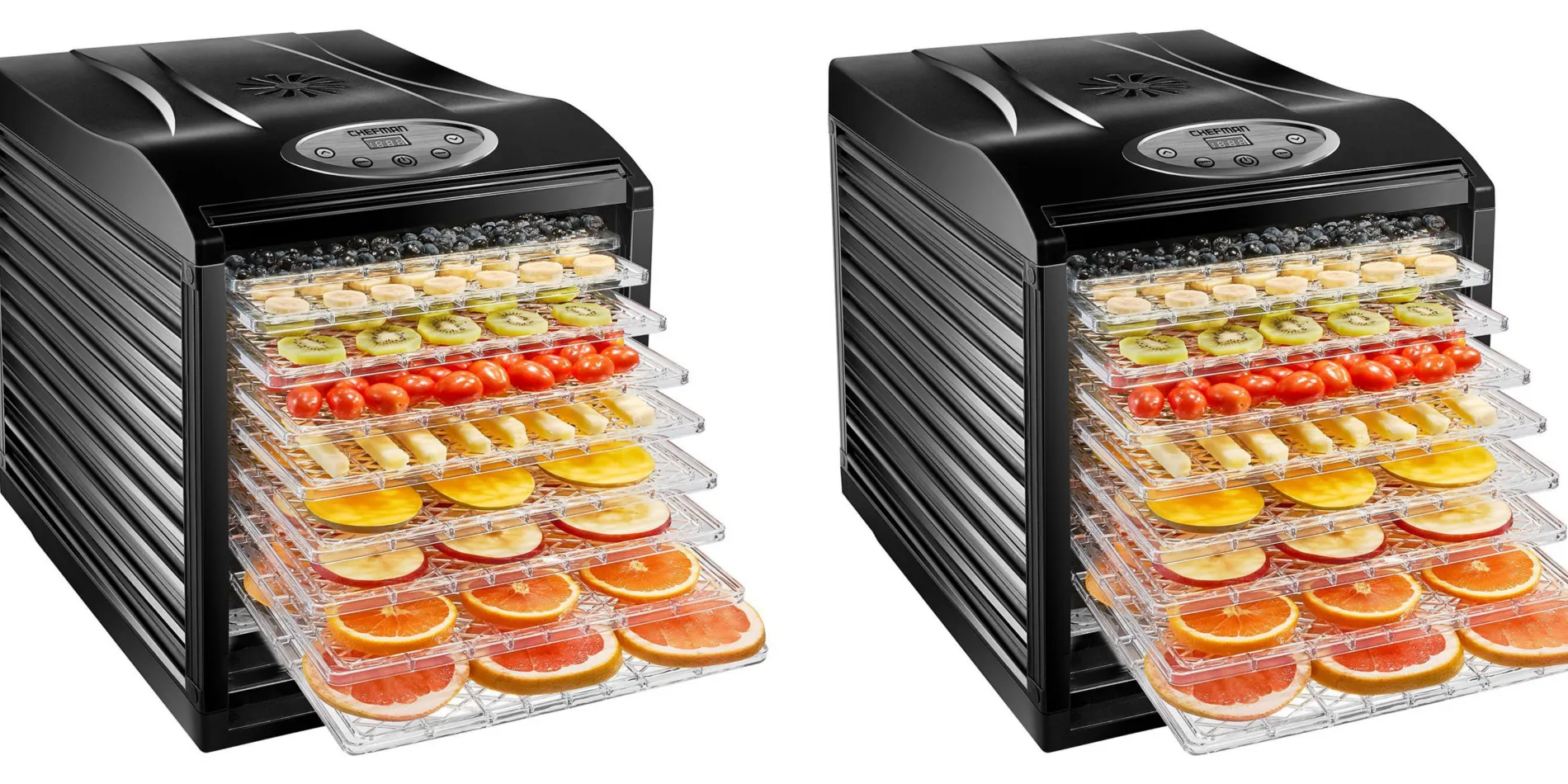

0 thoughts on “How Much Power Does A Dehumidifier Use”